Snake Plant Disadvantages: Consider These Before You Buy It
There are a few disadvantages associated with a snake plant like slow growth, toxicity, and unsightly drooping leaves when diseased. Some people also believe that they bring in bad luck.

One of the most prevalent houseplants is the snake plant or Sansevieria. People are usually surprised to learn that the snake plants they love dearly and consider low-maintenance can also have some issues.
Of course, they have a reputation for enduring abuse and different lighting conditions, and it is often difficult to go wrong with them. However, some snake plant disadvantages might want you to rethink your decision of planting them.
Some things about a snake plant may bother you like its slow growth rate, the drooping or bending leaves or brown blotches that appear when a plant is affected by pests or diseases.
Fortunately, you can fix most of these issues with proper care and heal them quickly, but it is imperative to know these cons. So this guide will take you through all the common disadvantages of having a snake plant. It will help you weigh your decision before getting them home.
Disadvantages Of Snake Plant
Some of the disadvantages associated with a snake plant include:
A. Said to bring bad luck if not placed right
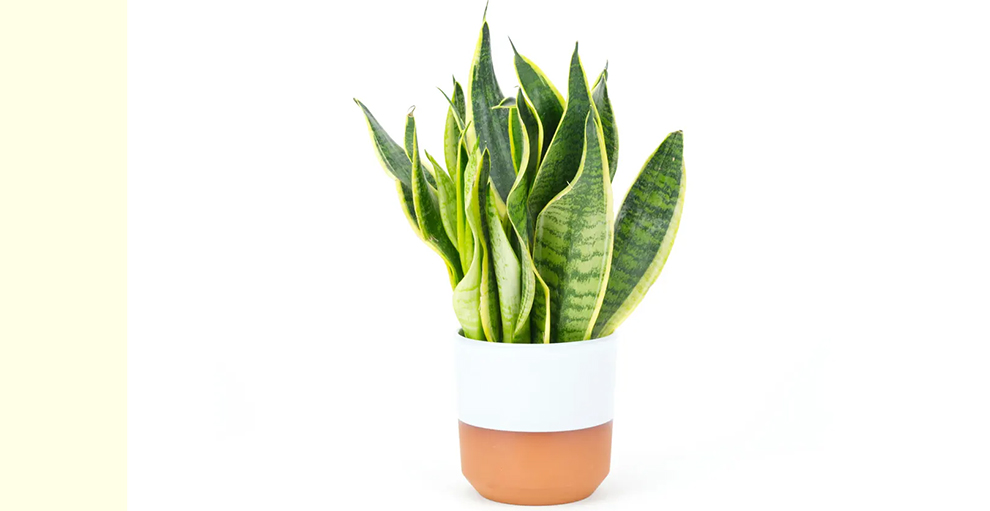
There is a common notion that snake plants can bring bad luck if kept indoors. This superstition has been passed down through generations and is considered true in some cultures.
People believe snake plants can bring bad luck as they look like snakes, usually seen as a sign of danger or evil. Further, some cultures believe keeping a snake plant indoors can harm the household by attracting negative energy.
In Feng Shui plants, too, it is believed that you must not keep snake plants in the bedroom as they disturb sleep and bring negative energy. Regardless of these beliefs, no scientific evidence supports the notion that these houseplants inflict bad luck.
B. It is picky about its watering needs
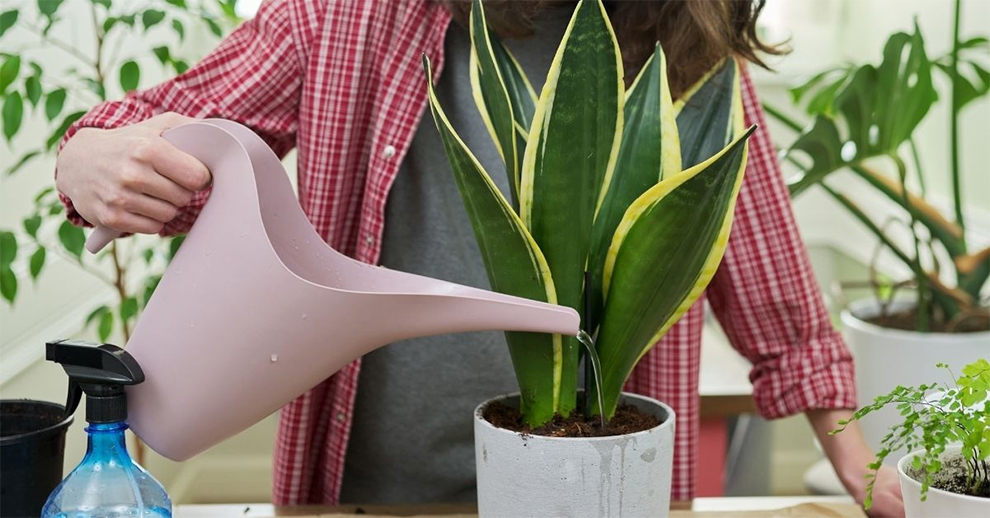
Even though snake plants are easy to care for, one of the popular snake plant cons is that they have specific watering requirements. Hence, you must know how often to water snake plants to keep them healthy and thriving.
When you overwater them, it might result in root rotting and make the leaves turn mushy and yellow. On the contrary, the leaves might dry out or wilt if you underwater the snake plant. Hence, find the right balance in the watering schedule as you water your plants.
Generally speaking, we recommend letting the snake plants dry before you rewater them. Let the soil dry out well before watering thoroughly. Simultaneously, let the excess water drain away. Further, do not let the plant sit in standing water, as that can also result in root rot.
Employing the container with drainage holes and a well-draining potting mix can help prevent overwatering and ensure proper drainage.
Overall, even though the snake plants are picky about watering needs, you can overcome this snake plant disadvantage by offering them due attention and care.
C. It grows very slowly
Another con associated with snake plant varieties is their slow growth, particularly if grown indoors. There could be many other reasons why your snake plant is not growing.
Even though the plant grows up to six or seven feet, it does so very slowly. So, snake plants might not be the best pick for those wanting to achieve a dense garden in a short while.
When planted indoors, the snake plants grow in small containers and pots. Therefore, the roots do not have ample space to grow and spread. Hence, they rarely grow new leaves. Read this guide on how fast do snake plants grow to know better.
Related: How to make snake plant grow faster?
D. Toxic to pets and human
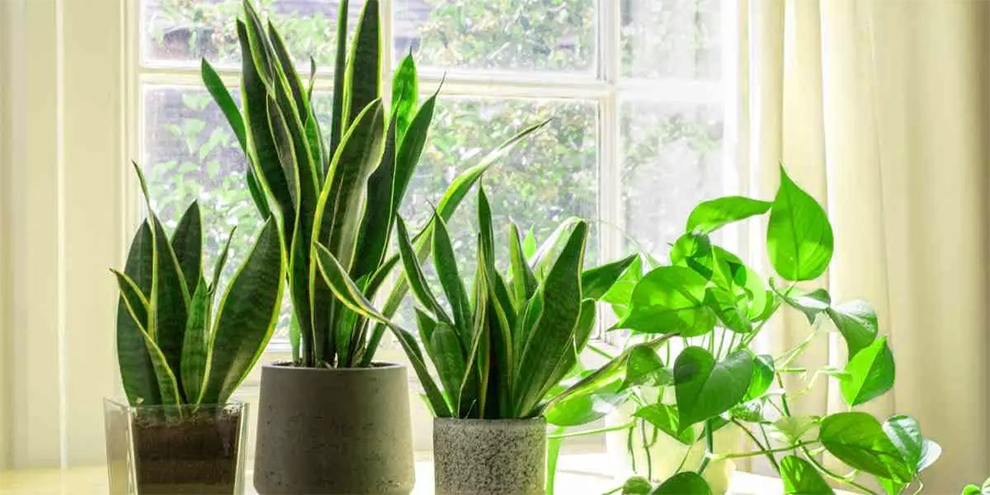
Snake plants are toxic to dogs, cats, and humans. The plant has bitter leaves, which ideally prevents the pets from eating it.
But, if ingested by pets, it can result in symptoms like gastrointestinal issues, drooling, appetite loss, vomiting, diarrhea, and nausea. If you notice such signs in your pets and have a snake plant growing nearby, it probably hints that your pet ingested the leaves.
Talking about the snake plant cons, we think this could be a dealbreaker for many people that have furry friends and kids at home.
Some common signs of snake plant poisoning in humans include nose and mouth irritation, vomiting, nausea, gastrointestinal problems, etc. Typically, these symptoms fade over time, but you must consult a medical expert if the issue is severe.
E. Sensitive to cold temperature
Another con associated with snake plant varieties is that they are sensitive to extreme cold weather. Even though they can tolerate some cold, they are not frost-hardy. Hence, don’t keep them outside during winter.
It can be a significant low for people who reside in regions with limited indoor space or areas with harsh winters. The perfect temperature range for the snake plants is between 55 and 85 degrees Fahrenheit during the day and between 50 and 75 degrees during the night.
These temperatures mimic the humid, warm tropical conditions snake plants thrive in. Hence, keep the snake plants away from extreme temperatures and drafts outside the ideal range to ensure their longevity ad length.
F. Difficulty in propagation
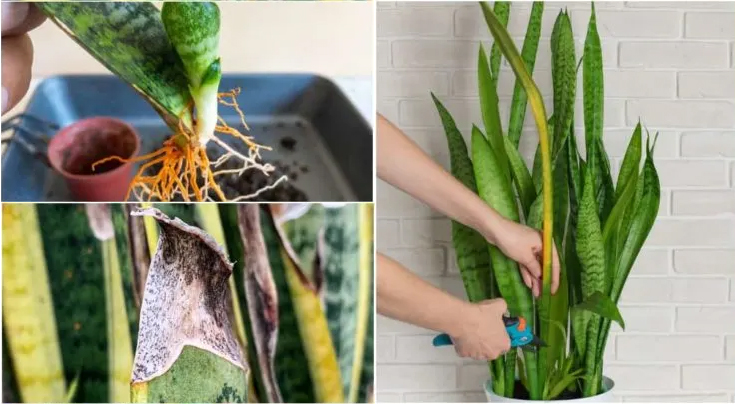
As stated, snake plants have a slow growth rate. It also means that the new plants will take longer to develop from cutting. Usually, snake plants do not respond well to propagation methods like stem cuttings, and it takes several weeks for the cuttings to grow roots, and the success rate is also low.
Another issue with propagating snake plants is that they are susceptible to root rot if the soil does not drain well or you overwater the plant. Root rot is fatal and can make it challenging for the plant to propagate.
Despite these challenges, some techniques can help propagate the snake plants successfully. One such method is taking the leaf cuttings and letting them develop roots in the water before planting them into the soil.
Alternatively, dividing the plant by separating the root system into small sections and planting them in a separate pot can also help.
G. It has irregular flowering seasons
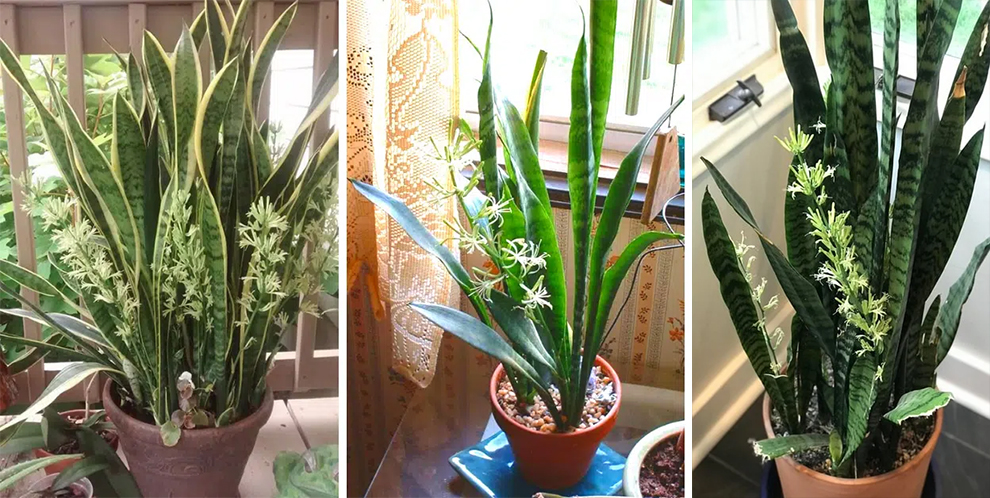
One of the typical snake plant disadvantages is that they have erratic and rare flowering patterns. So, even though some plants bloom once annually, others take several years to produce flowers.
Flowering might happen in snake plants is neglected or stressed, for instance, infrequent watering. So, if you wake up one morning and see lovely blooms, it might indicate a stressed or neglected plant.
H. Pest & Diseases
Snake plants are susceptible to fungal attacks. Even though they do not attract insects, fungi may infect the plant and cause diseases like southern blight and leaf spots. These will show on almost all the plants, making them look less appealing.
You can avoid this by using a fungicide. In addition, snake plants are also susceptible to pest infestation, like spider mites and mealybugs that munch on their juicy and delicious leaves. To overcome this problem, you must use pesticides or neem oil.
I. Falling leaves
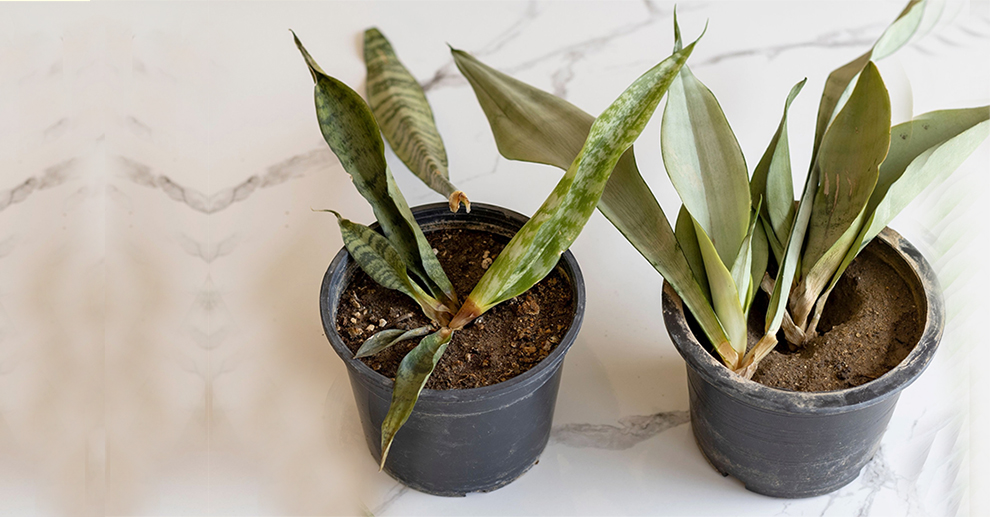
Another common concern with snake plants is that their leaves might fall over. When the leaves drop, it might be a cause for concern. It is particularly true if the leaves are green and healthy, signaling plant is struggling to endure its weight.
One main reason for the leaf drop in snake plants is overwatering. When you overwater the plants, the soil becomes excessively wet, resulting in root rot. It makes the plant weak and unable to bear its weight. Hence, the leaves drop.
In addition, the poor conditions might also result in leaf curling and dropping. Snake plants need a pot that is neither too small nor too large. You must plant it in well-draining soil. The plant might become waterlogged, and the leaves might fall over if the pot is too large or the soil is not well-draining.
Light conditions can also cause the leaves to drop. Snake plants can tolerate low light conditions but require sunlight to grow and thrive. The leaves might fall over, or the plant might struggle to grow or support itself if you place plants in a dark room for prolonged periods.
Hence, give your plant proper care and conditions to ensure leaves do not fall over. Thus, expose the plant to bright, indirect light, sufficient water, and well-draining soil, and achieve a beautiful, thriving snake plant at home.
J. Easily get affected by fungus leading to mushy roots
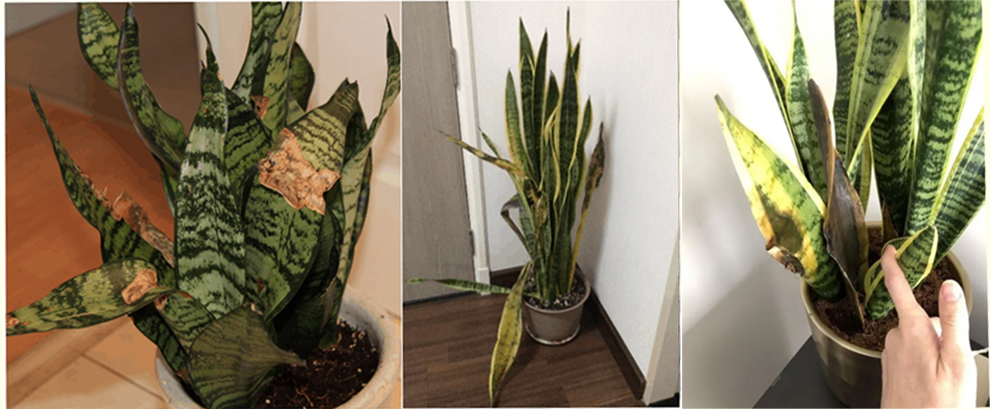
Overwatering causes fungal infection and excessive moisture in the leaves and around the plants, resulting in rotting. Consequently, the roots rot, and the leaves fall over. The mushy texture will remain when the leaves’ interiors decompose slowly and eventually die off.
If the potted container does not have good drainage, the issue will prolong even after you adjust the watering schedule.
Like other plants, even snake plants require well-draining soil. So, you cannot let them sit in the water. But if you are sure about your watering schedule, then it is the humidity that may be causing the snake plant leaves and roots to become mushy.
Related: Snake Plant Fertilizers |How Often to Water Snake Plants in Winter
Do The Snake Plant’s Disadvantages Overpower The Advantages Of A Snake Plant?
The snake plant has some cons. However, the advantages of snake plant make them an excellent addition to your home garden. A few of the top benefits of growing the snake plant are as follows:
1. Air purifiers: These plants help purify the air by eliminating toxins from the air. Some chemicals snake plants efficiently remove are xylene, benzene, and formaldehyde. Hence, they are an excellent pick for indoor environments where air quality can be a concern.
2. Low maintenance: Snake plants are relatively low-maintenance and can thrive in various lighting conditions. They are also drought-tolerant and can go for extended periods without water.
3. Aesthetic appeal: Snake plants have tall, upright leaves that add a unique and appealing aesthetic to any room. They come in various colors and patterns. So they can complement a range of decor styles.
4. Health benefits: Snake plants offer several health benefits, such as reducing stress and improving sleep quality. Some people also use snake plant extracts for medicinal purposes.
So, Is It A Bad Idea To Get A Snake Plant?
Not really!
We have discussed all the snake plant cons, but we also know of its many advantages, which makes them a preferred choice for home growers and gardeners. Their contrasting vibrancy is attractive to the eye. So, give your plant the right conditions, and you will see a fresh burst of energy in your room.
